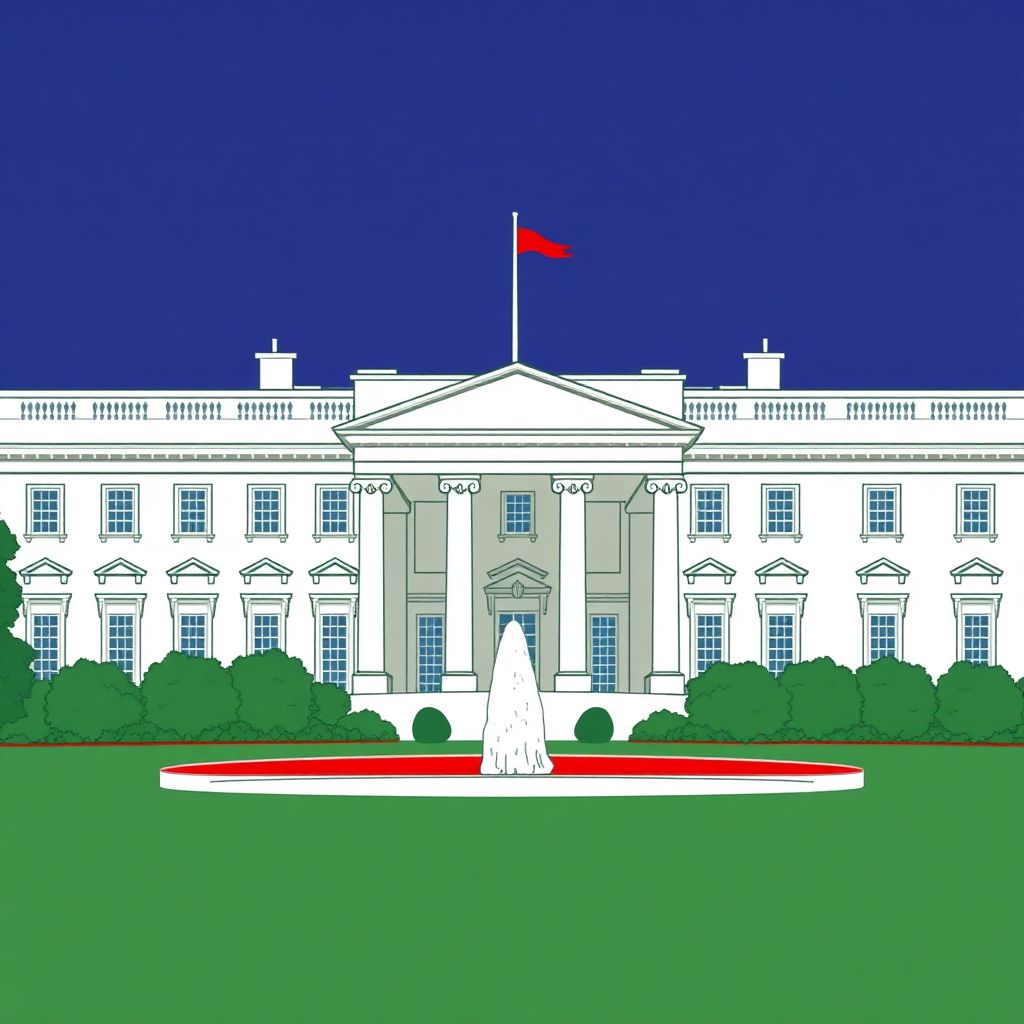A new and highly controversial project is taking shape on the White House grounds: a massive 90,000-square-foot ballroom, reportedly funded entirely by private donors from the tech, crypto, and other corporate sectors. The initiative, which has already begun with the demolition of the East Wing, is estimated to cost around $300 million. According to multiple reports and official statements, no taxpayer dollars will be used in the construction of the opulent facility.
The financial backing is being funneled through The Trust for the National Mall, a nonprofit organization traditionally tied to public park projects. This arrangement has raised eyebrows among watchdog groups and lawmakers, with many questioning the transparency of the donation process and the potential implications of private influence on public property.
Major names in both Big Tech and cryptocurrency are said to be among the donors. Companies like Google, Apple, Amazon, Meta, and Microsoft have reportedly contributed funds alongside prominent crypto firms such as Coinbase, Ripple, and Tether. The list doesn’t end there: tobacco giants Altria and Reynolds American, as well as defense contractor Lockheed Martin, are also included among the project’s backers. These contributors are channeling their funds through the nonprofit, which according to reports, may be charging a 2.5% administration fee—an amount that could reach into the millions.
President Donald Trump, who has been actively promoting the initiative, publicly announced the groundbreaking on social media, stating that the ballroom is being built thanks to donations from “generous Patriots, Great American Companies,” and himself. The announcement has further fueled debate over the role of private money in shaping federal landmarks.
The purpose of the ballroom, according to officials, is to host large-scale events, with some estimates suggesting it could accommodate up to 1,000 attendees. However, the speed at which the project is moving forward—particularly the demolition of the East Wing—has raised concerns from preservationists and some federal officials. They question whether all necessary approvals were secured before construction began.
Transparency remains a central issue. While a general list of donors has been released, exact contributions from each entity have not been disclosed. This lack of clarity has prompted criticism, with public interest groups warning that such opacity could mask attempts to gain political favor or influence policy.
Adding another layer of complexity, draft pledge documents reportedly offer donors various forms of recognition, including having their names associated with the new ballroom. This has intensified concerns that contributors may expect privileged access or symbolic rewards in return for their financial support.
Some members of Congress have already begun pushing for more detailed disclosures. They are calling for clearer accounting of donated funds and a comprehensive explanation of how recognition is determined. The fear, critics argue, is that the White House could effectively become a stage for corporate interests under the guise of philanthropy.
Beyond the immediate controversy, the project raises broader questions about the increasing role of corporate capital in public infrastructure. The ballroom, while physically part of the White House, is being built through a private-public partnership model that blurs the lines between federal property and private benefactor influence. This approach, though legal, challenges long-standing norms about the funding and control of national landmarks.
Furthermore, some legal experts suggest that projects of this magnitude—especially on such historic grounds—should undergo more rigorous oversight. The concern is not only architectural preservation but also the precedent such a venture sets for future administrations. Without proper checks, critics argue, future renovations or additions to iconic government spaces could be dictated more by corporate agendas than public interest.
Public reaction has been mixed. Supporters of the project view it as a creative solution to funding limitations, allowing the government to expand and modernize without dipping into taxpayer funds. Opponents, however, see it as a slippery slope that opens the door to undue influence and favors masquerading as philanthropy.
Also at stake is the symbolic value of the White House itself. As a national symbol, its integrity carries weight beyond its physical structure. Altering it—especially under private funding—raises philosophical questions about ownership, access, and representation. Who gets to shape the image of American leadership, and at what cost?
Some analysts also point out the broader strategic move by tech and crypto companies to align themselves with political power centers. With the regulatory landscape for digital assets still evolving, such high-profile contributions could be viewed as attempts to curry favor or position themselves for future policy advantages.
The potential for regulatory capture—that is, when private interests exert undue influence over public policy—becomes even more concerning in this context. While no evidence currently suggests that any deals or favors have been exchanged, the lack of transparency leaves the door open for speculation and distrust.
In conclusion, while the White House ballroom project is being celebrated by some as a symbol of private sector patriotism, its execution and funding raise serious ethical, legal, and political questions. As the initiative progresses, demands for accountability and transparency are likely to grow louder, especially given the high-profile nature of those involved and the historic significance of the location. Whether this ballroom becomes a symbol of national unity or corporate overreach remains to be seen.

